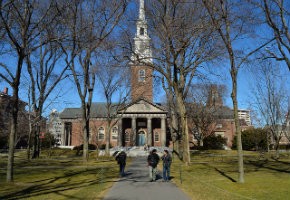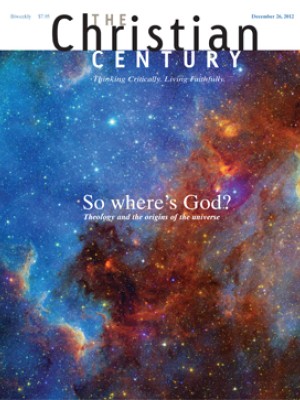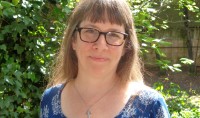Soul experiments

A few weeks ago Harvard University celebrated the installation of Jonathan Walton as the new Pusey Minister in its Memorial Church. University president Drew Gilpin Faust reminded the minister and the congregation of their sacred responsibilities, while Charles Adams, who recently retired as professor of ethics and ministry, urged us to live up to the greatest possibilities of our humanity and our life in Christ. Walton spoke of his gratitude toward and reliance upon those who had gone before him, from his enslaved ancestors to his teachers to the war dead whose names are inscribed on the walls of his new church.
The church was packed with students, staff, faculty and alums. But there are no doubt others who puzzle over the presence of an active, worshiping church in the middle of a research university. What are university churches for? Are they nostalgic relics of a nearly forgotten religious past? Ceremonial settings for the rites of academic communities? Anomalies that sit uneasily in relation to the university’s dedication to research and experimentation?
Read our latest issue or browse back issues.
I have a soft spot for university churches because I learned to be a minister in one. Under the guidance of a chapel dean with a brilliant mind and a generous spirit, I learned that a church is one of the most porous places within a university, a place where the world can enter, pose its questions and share its own challenging knowledge. I learned that in a church it is possible for faculty, staff and students to encounter each other in ways not governed by distinctions between age and rank and profession. I learned that churches within universities can become meeting places for religious people of all kinds.
University churches are also places where people come to experiment with religion. The pews of the church where I learned to be a minister were full of people who had lived long lives of faith. But there were also people with no experience of religious practice at all who came to investigate its possibilities: people who’d had painful early experiences with religion and were looking for a place to cultivate a new kind of religious life; people looking for a religious community in which no questions were off-limits; people who weren’t sure what they thought of religion but wanted to offer themselves in service; people who struggled with the concept of God but wanted to learn how to pray.
For these people, the church did not sit uneasily with the university’s dedication to research and experimentation but rather embodied it. Just as university classrooms give us the opportunity to find out what we might learn through the lens of history or anthropology or mathematics, university churches offer opportunities to find out what we might learn through faith, service, community and prayer.
Churches within universities remind us that all churches ought to be laboratories for trying out new ways of living, places to cultivate what the philosopher Simone Weil called “experimental certainties.” There are things we can’t know, she argued, unless we practice knowing them, things we can’t believe until we act as if they were true, things we can’t understand until we find out what they mean through practicing them with others. We need places to practice having faith: faith in one another, faith in ourselves, faith in God. We need places to pray as if someone were listening, to study as if we might learn something worth writing on our hearts, to join with others in service as if the world might be transformed. Churches are places to learn to practice, with others, a continual conversion of life, a permanent openness to change.
In the Gospels, Jesus never seems to tire of inviting those he encounters to experiment with their lives. Sell all you have, he tells a rich man, and distribute the money to the poor. Become like a little child, he tells his disciples, so that you can enter the kingdom of heaven. Put out into the deep water, he says to Simon Peter, and let down your nets for a catch.
Adams called us to that kind of experimentation in his sermon for Walton’s installation. He mourned the fact that we often do so little with the possibilities of our humanity and encouraged us to live as if the boundaries of our lives lie much further out than we think, set not by our anxieties and fears but by God. We can do so much more than we can imagine, he told us; we can do what God imagines.
In the first few months of his ministry, Walton has already begun to call us to experiment with our lives at the intersection of the life of the mind and the life of the spirit, the life of the classroom and the life of the world. Inspired by educator and minister Benjamin Mays, Walton loves to remind us that, as Mays once put it, “the love of God and the love of humanity are indeed one love.” What would it mean to live, study, teach and work as if this were true?




